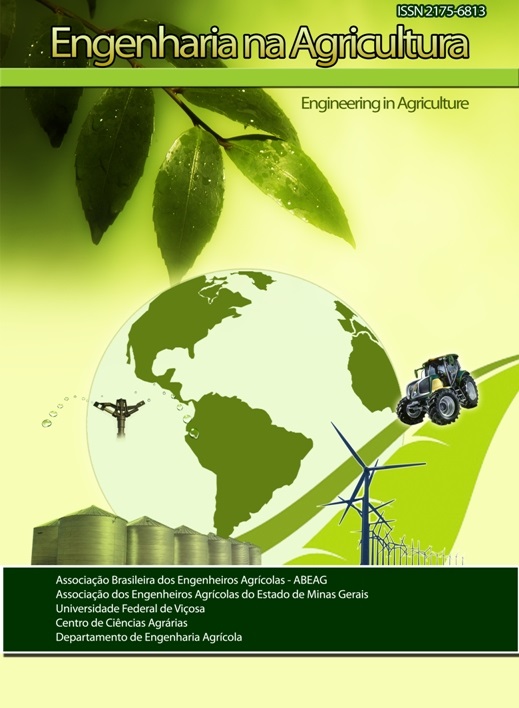POULTRY LITTER AND WASTE FURNITURE: ENERGETIC ALTERNATIVE FOR TO ZONE OF MATA MINEIRA
DOI:
https://doi.org/10.13083/reveng.v25i3.734Keywords:
biomassa, briquetes, energia renovável, pellts, sustentabilidadeAbstract
The production of broiler chickens and industrial furniture manufacturing, are two very significant economic activities for Mesoregion the Zone of Mata Mineira. Both activities generate large amounts of waste in their production processes. It is estimated that the volume of poultry litter is generated around 78,624 tons/year. But the Polo furniture of Ubá produces an average of 480 tons/year. In almost all of the time these wastes are disposed in the environment at random, being characterized as environmental liabilities. Given the composition of characteristics of poultry litter the furniture waste and the need to produce in a sustainable way can adopt these biomasses as a local alternative energy for decentralized power generation. This can occur through the production of briquettes and pellets mixed and its various utilization processes (combustion, gasification, cogeneration) in some productive sectors of the region. The objective was to discuss the possibilities of using poultry litter and furniture residue Polo Ubá, associated or not, and propose sustainable energy alternatives for the region of Zone of Mata Mineira.Downloads
Downloads
Published
How to Cite
Issue
Section
License
Authors who publish with this journal agree to the following terms:
The author(s) authorize(s) the publication of the text in the journal;
The author(s) ensure(s) that the contribution is original and unpublished and that it is not in the process of evaluation by another journal;
The journal is not responsible for the views, ideas and concepts presented in articles, and these are the sole responsibility of the author(s);
The publishers reserve the right to make textual adjustments and adapt texts to meet with publication standards.
From submission, the author is fully conceding the paper's patrimonial rights to the publication, but retaining the owner of its moral rights (authorship and paper's identification) according to Creative Commons Attribution-Noncommercial.








 Licensed by
Licensed by 